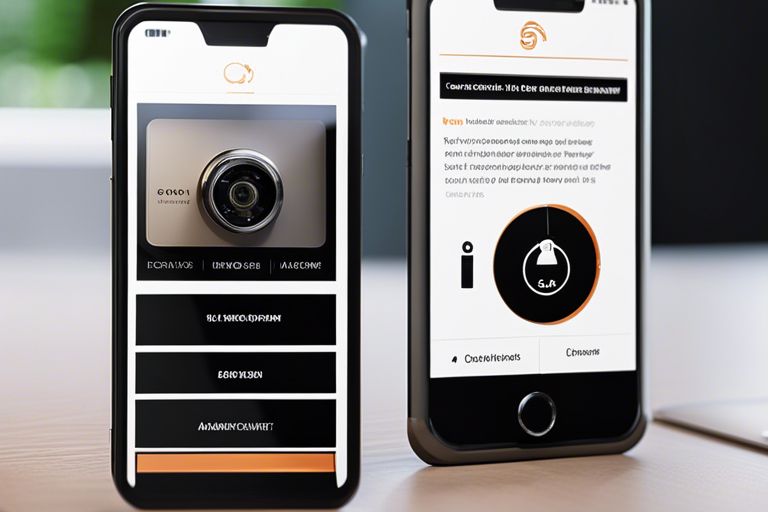In today’s digital age, smartphones have become integral to our lives. From personal communication to banking and shopping, we rely on smartphones for various tasks. However, with the increasing use of smartphones, the risk of cyber threats and data breaches has also grown. It is crucial to secure our smartphones and protect our personal information.
1. Update Your Operating System and Apps
One of the most critical steps in securing your smartphone is regularly updating your operating system and apps. Software updates often include security patches that fix vulnerabilities and protect your device from threats. Make sure to enable automatic updates on your smartphone to ensure you always have the latest security features.
2. Use Strong and Unique Passwords
Creating strong and unique passwords is essential for smartphone security. Avoid using common passwords or easily guessable combinations such as your birthdate or “123456”. Instead, combine upper and lowercase letters, numbers, and special characters. Additionally, consider using a password manager to store your passwords securely.
3. Enable Two-Factor Authentication
Two-factor authentication adds an extra layer of security to your smartphone. It requires you to provide a second verification form, such as a fingerprint scan or a unique code sent to your email or phone, in addition to your password. Enable two-factor authentication on your smartphone to ensure only authorized users can access your device.
4. Install a Reliable Security App
Installing a reliable security app is another crucial step in securing your smartphone. Look for reputable antivirus and anti-malware apps that detect and remove malicious software from your device. These apps can also provide additional features, such as remote locking and wiping in case your smartphone gets lost or stolen.
5. Be Cautious of App Permissions
When installing apps on your smartphone, please pay attention to the permissions they request. Some apps may request unnecessary access to your data or device features. Only grant permissions essential for the app’s functionality and be cautious of giving access to sensitive information.
6. Avoid Suspicious Links and Downloads
Be cautious when clicking on links or downloading files on your smartphone. Avoid clicking on suspicious links sent via email or text, which may lead to phishing websites or malware downloads. Stick to trusted sources when downloading apps or files to minimize the risk of infecting your device.
7. Secure Your Wi-Fi Connections
When connecting to public Wi-Fi networks, be cautious about potential security risks. Avoid accessing sensitive information or making financial transactions on public Wi-Fi networks, as they may be vulnerable to hackers. Consider using a virtual private network (VPN) to encrypt your internet connection and protect your data.
Conclusion
Securing your smartphone is essential to protect your personal information and prevent cyber threats. By following these tips, you can significantly enhance the security of your smartphone and minimize the risk of data breaches or unauthorized access. Remember to stay vigilant and regularly update your security measures to stay one step ahead of potential threats.






